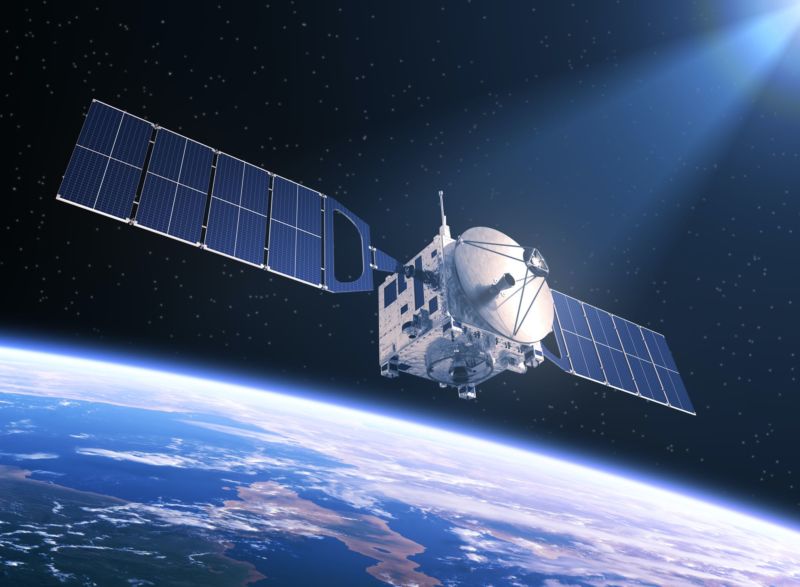
Enlarge (credit: Getty Images | 3DSculptor)
Independent researchers and the United States military have become increasingly focused on orbiting satellites' potential security vulnerabilities in recent years. These devices, which are built primarily with durability, reliability, and longevity in mind, were largely never intended to be ultra-secure. But at the ShmooCon security conference in Washington, DC, on Friday, embedded device security researcher Karl Koscher raised questions about a different phase of a satellite's life cycle: What happens when an old satellite is being decommissioned and transitioning to a “graveyard orbit”?
Koscher and his colleagues received permission last year to access and broadcast from a Canadian satellite known as Anik F1R, launched to support Canadian broadcasters in 2005 and designed for 15 years of use. The satellite's coverage extends below the US southern border and out to Hawaii and the easternmost part of Russia. The satellite will move to its graveyard orbit soon, and nearly all other services that use it have already migrated to a new satellite. But while the researchers could still talk to the satellite using special access to an uplink license and transponder slot lease, Koscher had the opportunity to take over and broadcast to the Northern Hemisphere.
No comments:
Post a Comment